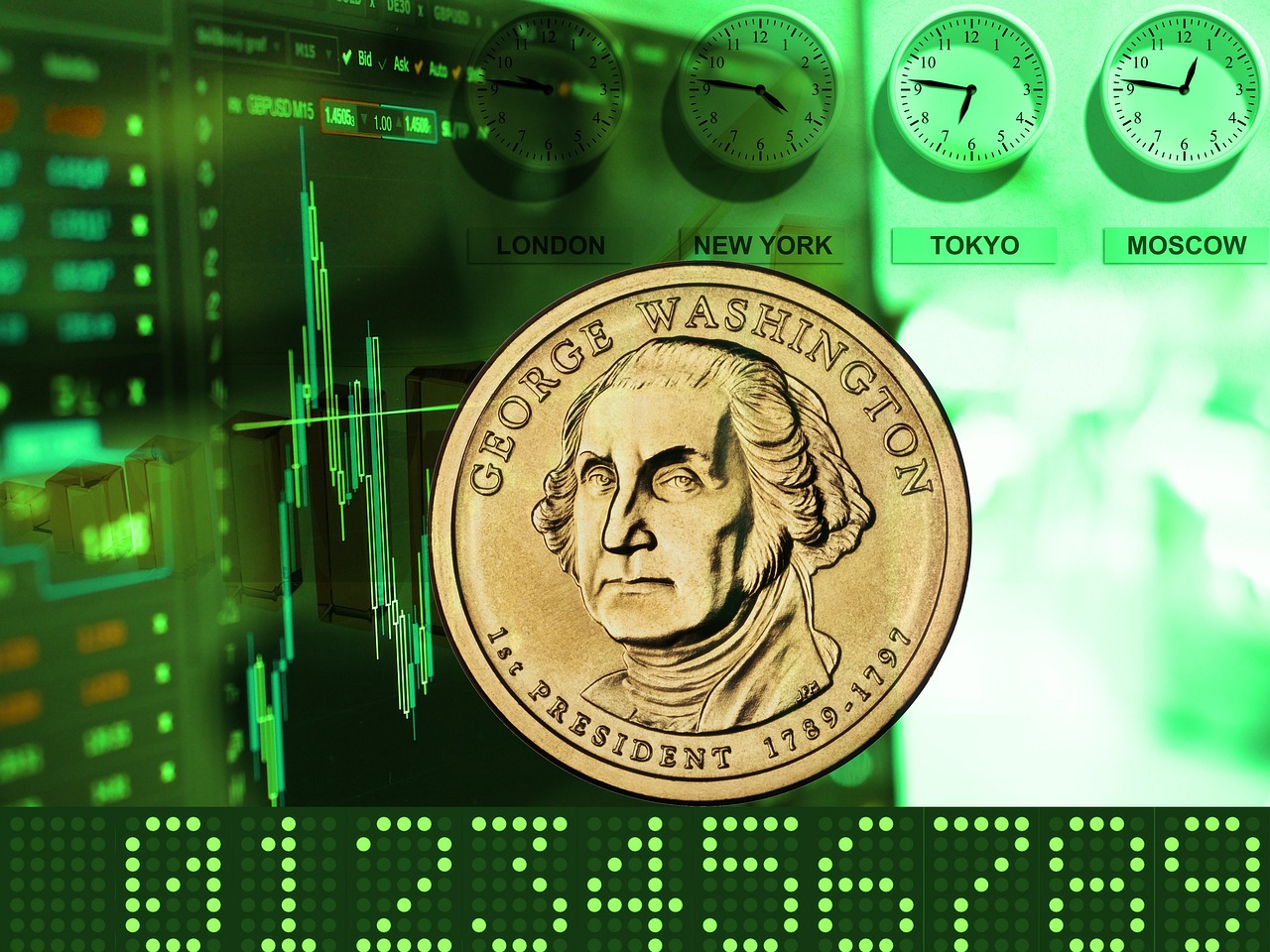Investors looking to gain exposure to copper often ask which shares offer the best balance of growth potential and stability. Some of the top copper shares to consider include major producers like Freeport-McMoRan, BHP Group, and Southern Copper Corporation due to their scale, production capacity, and market influence.
These companies have established operations in key copper mining regions and benefit from long-term contracts and rising demand driven by industries like electric vehicles and renewable energy. Understanding their financial health and production outlook helps investors make informed decisions in a competitive market.
Top Copper Shares to Buy
Investors always ask which Copper Shares to Buy? They are interested in copper can consider established mining firms, promising smaller companies, or diversified exchange-traded funds (ETFs). Each option offers distinct risk profiles and exposure to copper market dynamics.
Leading Copper Mining Companies
BHP Group and Freeport-McMoRan dominate the copper mining sector with extensive global operations and robust production capacity. BHP’s diversified asset base provides stability, while Freeport focuses heavily on copper extraction, making it sensitive to copper price fluctuations.
Southern Copper Corporation offers significant reserves in South America and benefits from relatively low production costs. These companies have strong financial positions and consistent dividend payments, attracting income-focused investors.
Their infrastructure investments and access to major copper deposits ensure they remain central players as demand for copper grows, especially from the electric vehicle and renewable energy sectors.
Emerging Growth Stocks in Copper
Smaller firms like Lundin Mining and Ivanhoe Mines provide leveraged exposure to copper prices due to their developmental or expansion-stage projects. Lundin focuses on optimization of existing mines, enhancing production efficiency, while Ivanhoe is advancing large-scale projects in Africa.
These companies carry higher risk because of development uncertainties but offer greater potential returns if new mines come online successfully. Investors interested in growth should evaluate their project timelines and financing status carefully.
Emerging stocks also benefit from rising copper demand, particularly from infrastructure spending initiatives globally.
Best Copper ETFs
Copper ETFs offer broad exposure without requiring direct stock selection. The Global X Copper Miners ETF (COPX) includes major and mid-sized copper mining stocks, providing diversification and liquidity.
Another option, the United States Copper Index Fund (CPER), tracks copper futures prices directly. This fund suits investors seeking pure commodity price exposure rather than company-specific risk.
These ETFs allow for passive investment strategies and can serve as tools for hedging or gaining market exposure efficiently without the complexities of individual mining operations.
How to Evaluate Copper Shares
Investors should consider industry dynamics, company financial health, and external risks when evaluating copper shares. Understanding shifts in supply and demand, key financial indicators, and potential market disruptors is essential for informed decision-making.
Market Trends Affecting Copper Stocks
Copper prices are heavily influenced by global economic growth, especially in manufacturing and construction sectors. Demand from emerging markets, such as China and India, drives consumption, while supply constraints like mining strikes or geopolitical issues can restrict availability.
Technological advancements, including renewable energy and electric vehicles, increase copper usage. Monitoring copper inventory levels on exchanges like the LME and SHFE provides insight into supply conditions. Currency fluctuations, particularly the US dollar strength, also affect copper prices due to its pricing in dollars internationally.
Market sentiment around green energy initiatives and infrastructure spending often supports copper demand, impacting shares positively. However, cyclical downturns in global trade or economic slowdowns can reduce demand and pressure stock prices.
Financial Ratios and Performance Metrics
Key financial ratios for copper mining companies include Price-to-Earnings (P/E), Debt-to-Equity (D/E), and Return on Equity (ROE). A low P/E relative to peers may suggest undervaluation, but it must be balanced against company risks.
The D/E ratio indicates financial stability; a high ratio can increase risk if copper prices fall. ROE reflects management efficiency in generating profits from equity. Cash flow metrics show operational health, critical during volatile commodity cycles.
Production costs per ton and reserve life impact long-term profitability. Companies with lower extraction costs have a competitive advantage. Reviewing quarterly and annual reports helps track revenue trends and capital expenditures on exploration or technology upgrades.
Risks and Opportunities in Copper Investing
Copper shares are exposed to commodity price volatility, geopolitical risks in mining regions, and environmental regulations that can raise costs. Labor disputes, permit delays, or bankruptcies in supply chain companies add operational risks.
Opportunities arise from expanding global infrastructure projects and growing demand for electric vehicles, which require significant copper usage in batteries and wiring. Technological advances improving extraction efficiency may lower costs.
Sustainability efforts increase demand for responsibly sourced copper, benefiting companies with strong ESG practices. Diversified mining companies with exposure to other metals may better withstand copper price fluctuations compared to pure copper producers.


Leave a Reply